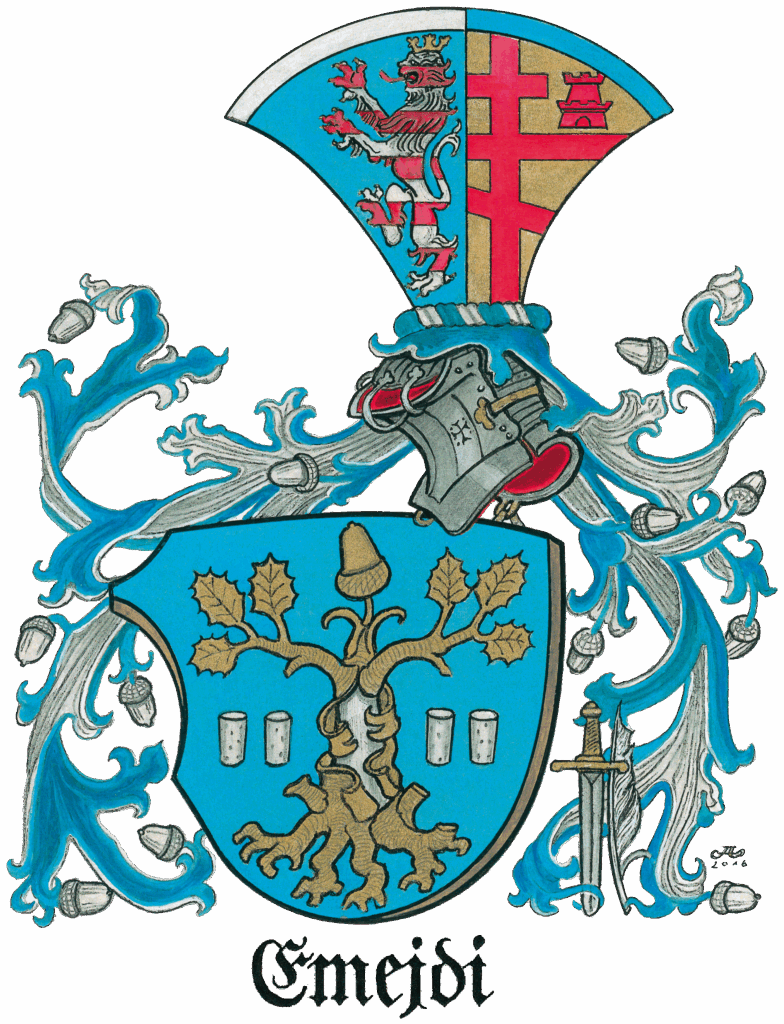In public debates, “terrorist groups” and “drug cartels” are often portrayed as two separate categories of threat: the former ideologically motivated, the latter profit-oriented. Various studies, however, indicate that today’s reality is significantly more complex. In several regions, from West Africa and the Sahel to Europe and Latin America, security analyses show that terrorist organizations and actors within organized crime are intertwined in key areas. Overlaps can be observed in routes, service networks, financial channels, and occasionally even tactical methods. Research identifies three central mechanisms behind this development.
Financial Instrumentalization
Analyses show that terrorist groups depend on continuous sources of income to pay fighters, maintain infrastructure, and procure weapons. Frequently documented forms of financing include smuggling, drug trafficking, kidnapping, and extortion. In some cases, terrorist actors appear as buyers, intermediaries, or as protectors of existing smuggling routes. More often, however, they rely on established money-laundering and logistical systems operated by criminal syndicates. Reports by the United Nations suggest that these overlaps are structural in nature rather than isolated coincidences.
Shared Areas of Operation
Observations from various conflict and crisis regions show that the activities of both groups also overlap geographically. This is particularly true in areas with weak or corrupt state control. Criminal organizations establish their own checkpoints, control transportation routes, and collect informal levies. Terrorist groups use the same lawless spaces to move fighters, weapons, or financial resources. Both sides generally tolerate one another as long as their interests do not collide. In practice, this results in a quiet coexistence that benefits both: cartels can rely on the armed capabilities of terrorist actors, while terrorist groups make use of existing smuggling routes and logistical infrastructures.
Points of contact arise especially where services such as money laundering, corruption, forged documents, or access to legal business channels allow for mutual reinforcement. This structural interconnection increases the resilience of both actors: if one logistical or financial channel is disrupted, an alternative is often available. Accordingly, this convergence is increasingly regarded in security research as a characteristic feature of modern conflict ecosystems.
A Concrete Example
A widely cited example is the case of the Lebanese Hezbollah. According to U.S. investigations (DEA, 2016), the organization is believed to have laundered drug proceeds from Latin American cartels through Lebanese banks. Particular attention was directed to the Tri-Border Area between Paraguay, Brazil, and Argentina, which has been known for years for weak state institutions. The U.S. Department of the Treasury and the DEA report that networks of Lebanese businessmen often holding dual citizenship or having lived in South America for many years – along with transport companies and money exchangers, were allegedly used to channel cartel profits into structures that supported Hezbollah-linked activities in Lebanon. It should be emphasized that not all individuals involved were formal members of Hezbollah.
Why This Convergence Is Considered Risky
Security analysts point out that the merging of terrorist and criminal structures can have significant implications for the stability of states. Illegal actors who establish their own forms of “order“, for example through extortion, informal court systems, or monopolies on violence, undermine public trust in state institutions. Such conditions create fertile ground for long-term instability. Moreover, stable revenue streams enable continuous recruitment, sustained weapons procurement, and the expansion of corrupt networks. Transnational linkages additionally generate regional spillover effects that can affect the security situation in neighboring states.
Why Both Threats Should Be Considered Together
Many security analyses argue that terrorism and organized crime represent two interconnected phenomena in numerous cases. Both undermine state structures, weaken public institutions, and endanger civilian populations. Addressing them separately may seem sensible from an administrative perspective, but strategically it can lead to blind spots. Various experts therefore propose accelerating the international exchange of financial and security-related information and aligning investigative approaches more closely, while maintaining rule-of-law standards.
Recommended measures include targeted financial tools such as sanctions and anti-money-laundering instruments. At the same time, the importance of visible state presence is emphasized – through police, judicial institutions, educational structures, and basic public services. Development policy measures are described not as secondary aspects but as factors directly relevant to security. Since illegal proceeds are often laundered through seemingly legitimate businesses, more precise economic oversight is also considered necessary.
A Sign of the Times
An example of the shifting security-policy perspective is the current debate in the United States. Parts of the U.S. Congress advocate designating certain Mexican drug cartels as foreign terrorist organizations. This demand is politically and legally contested. However, it indicates that the issue is increasingly being discussed in Washington in the context of national security. Such a designation could have far-reaching legal and operational consequences, including stricter sanctions, international arrest authorities, and potentially military options. Critics warn of possible diplomatic tensions and further escalation of violence. Others point out that such a designation could be geopolitically misused to legitimize armed conflict.
Regardless of how this discussion is evaluated, it is evident that the boundaries between terrorism and organized crime are increasingly blurring. Security strategies are therefore confronted with the task of analyzing this hybrid threat environment soberly and developing appropriate responses grounded in the rule of law.
